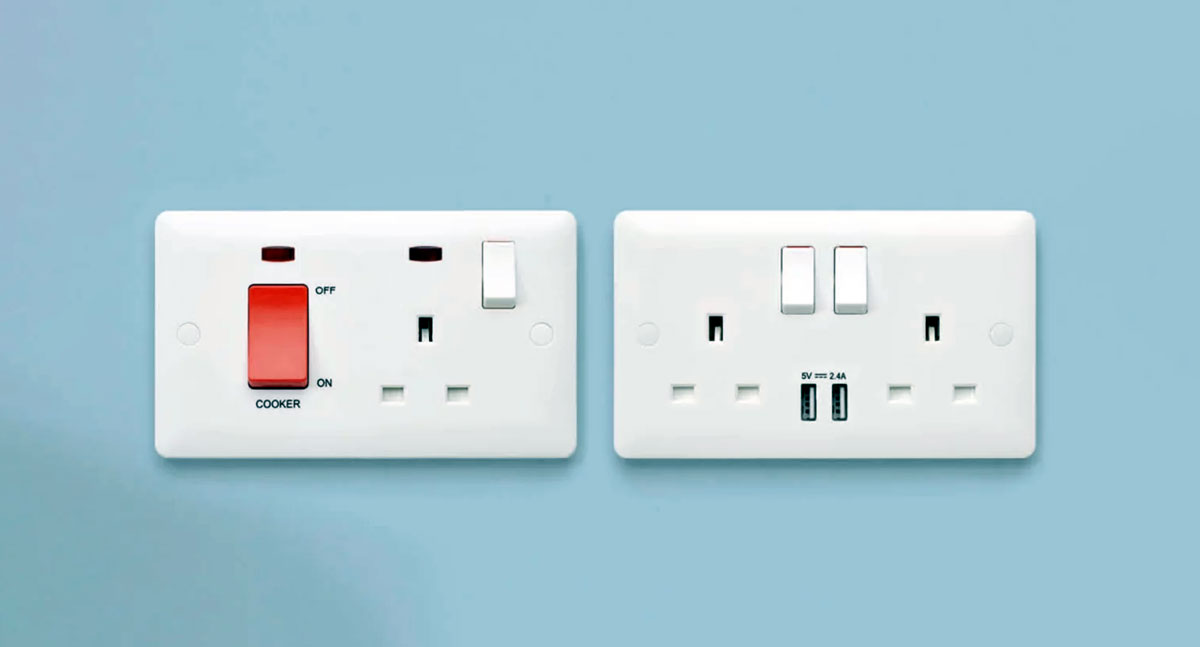As a general guide, yes you can spur off a spur just keep in mind to protect the cable. We’ve seen some discussion around unfused spurs so thought it might be helpful to go over the basics. In this article, we’ll take a look at how to spur off from an existing socket on a ring or radial circuit, and from a single socket into another FCU. It’s important to note, that according to the IEE Wiring Regulations, you are not allowed to run a spur from a socket that is already on a spur or provides power to one.
It’s critical to consider the present carrying capacity of the cable and the protective device that protects it from overload when attempting to spur off a spur. You can use a single point from a spur on a ring circuit as long as the potential current drawn doesn’t exceed the cable’s maximum. If you had multiple points in your home that were using a lot of electricity at the same time, the overcurrent protective device wouldn’t be able to protect the cable.
Spurs can overload a cable segment if they are wired together. This is because they use up the same amount of power as the ring. If the breaker doesn’t trip right away, the cable will heat up and damage the insulation.
If we use the same cable in a typical radial circuit, we would limit the circuit breaker to 16A or (at most) 20A in order to protect the cable from an overload.
If you want more sockets on a ring, you can use a fused connection unit to create a new spur. This will limit the amount of current that goes through the new spur, protecting the cables from an overload.
Can you run a spur socket off a spur?
The easiest way to connect a new appliance into an existing ring circuit is to run a spur cable from the terminals of an existing socket. However, you cannot connect it to any socket – only to one that is already part of the ring circuit. According to the IEE Wiring Regulations, you are not allowed to run a spur from a socket that is already on a spur or provides power to one.
How many times can I spur off a spur?
If the point being spurred off is UNFUSED, then you are limited to one spur per point. If you fuse it to 13A there is no limit, you can use as many as you’d like. The reason we mentioned this is because standard final ring circuits wired in 2.5mm2 T&E are designed so that any point on the ring will not be overloaded for an extended period.


